Top 10 Air-Purifying Plants to Freshen Up Your Home
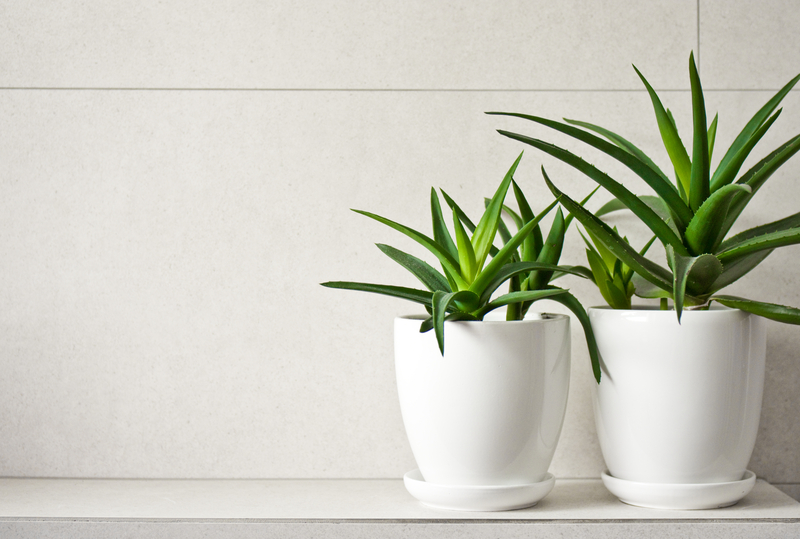
“Plant parenthood” is trending. A quick scroll through Instagram or Pinterest can bring you up to just how popular, in fact. Many people are finding that plants provide something to nurture and care for—a living being to connect with that doesn’t cost a lot, won’t piddle on the floor, and won’t color on the walls. Inviting indoor plants into your living space provides some key benefits as well. In fact, there’s some evidence that certain houseplants serve as air-purifying plants that can even help freshen the air you breathe.
That’s a big deal, as most of us spend a good 90% of our time indoors. Worse, the concentration of some of the pollutants we live with can be 2 to 5 times — and in some cases, 100 times — higher indoors than outdoor levels, according to the U.S. Environmental Protection Agency. 1 This is due to off-gassing of volatile organic compounds (VOC) from furnishings, carpet, paint, building materials, and cleaning products, as well as biological agents like bacteria and mold, in addition to other causes. Some of the most common VOCs, for example, include formaldehyde, benzene, ammonia, and toluene.
For sensitive individuals, these indoor pollutants can lead to headaches, nausea, and fatigue, which combined are sometimes referred to as “sick building syndrome.”
The Benefits of Indoor Plants
Starting in the late 1980s, NASA shared several studies that show just how beneficial plants are to the air we breathe. In these studies, researchers found that leaves, roots, soil, and microorganisms living with plants can reduce indoor air pollutants. The plant roots were also shown to destroy viruses, bacteria, and organic chemicals from indoor air. 2 Unfortunately, it was later determined that you would need a full wall of plants to remove the 90% of pollutants in 24 hours as discovered in those initial studies. 3 So, to bring in the fresh air, it’s still important to open up windows and doors on nice days, ensure that ventilations systems are regularly maintained, and regularly change air filters.
That said, there are indeed air-purifying plant benefits to be enjoyed even without creating an indoor jungle. Even just modestly increasing the plant life in your home or office may promote the quality of the indoor air you breathe (though, again, not as much as many people believe).
In addition, however, inviting indoor plants into your living space has been shown to:
- Reduce eye, ear, nose, and throat irritation
- Prevent or ease coughing and congestion
- Lower psychological and physiological stress levels
- Decrease diastolic blood pressure
- Promote comfort and soothing feelings 4
- Boost attention capacity at work
- Reduce fatigue during demanding work 5
- Reduce CO2 levels
- Increase relative humidity 6
- Promote joy and happiness
In other words, indoor air-purifying plants may humidify the air as well as remove stale air while boosting mood and productivity. Nice!
Top 10 Air-Purifying Plants to Invite In
A lot of people are intimidated by plants—concerned that plants take too much work, they just don’t have a green thumb, or they would forget to care for them or are away from home too much. Fortunately, some of the best air-purifying plants are also really easy to care for.
1. Aloe Vera

Aloe Vera tops the list as it’s easy to care for. It can be used not only to purify the air (by potentially removing formaldehyde, for instance) but because it has other useful benefits. The clear liquid found in aloe leaves is loaded with vitamins, amino acids, enzymes, and other compounds. This liquid has been shown to promote wound-healing and may have antibacterial and anti-inflammatory properties. 7 This is a great plant for those who may forget to water from time to time.
2. Spider Plants
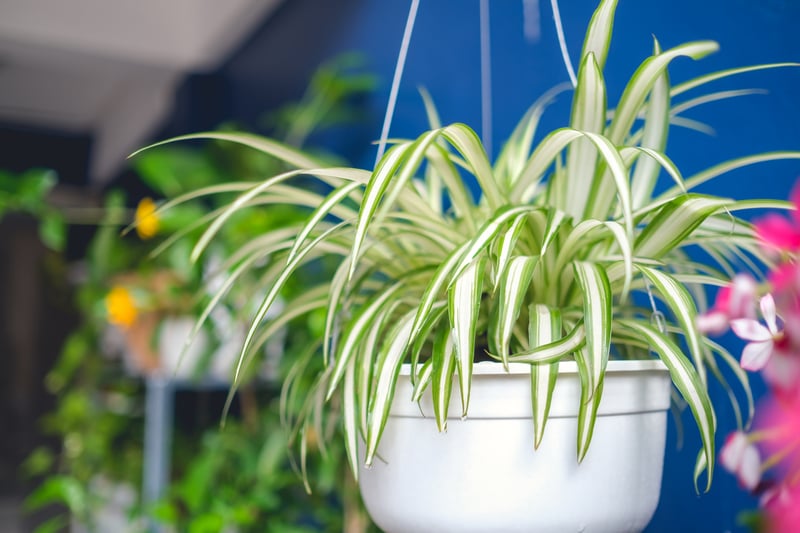
Spider Plants are one of the most popular choices as they are easy to grow even for beginners or people who tend to neglect their plant-care duties. They do well in bright, indirect sunlight and have been shown to help remove pollutants like formaldehyde and xylene.
3. Snake Plant/Mother-in-Law’s Tongue
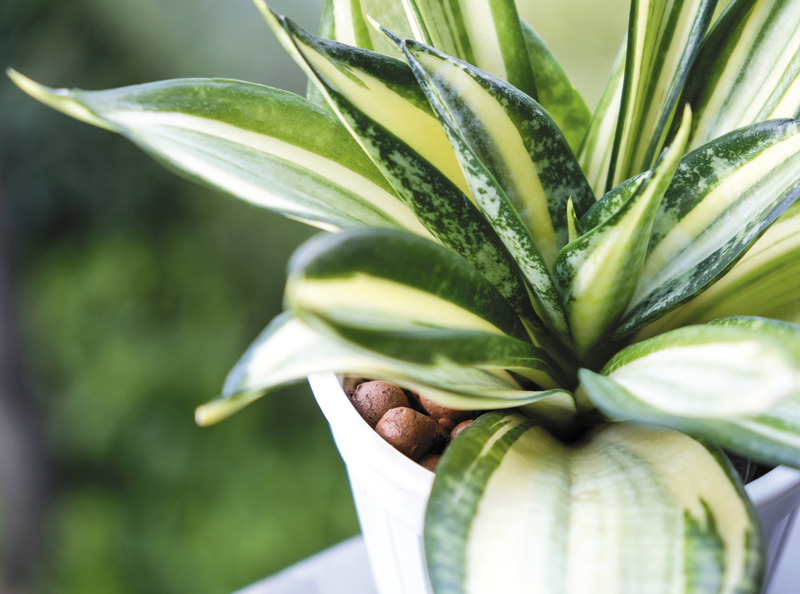
Snake Plant/Mother-in-Law’s Tongue is one of the most difficult plants to kill. You really have to try as they only need to be watered from time to time (they prefer drier conditions) and just need some sun—tolerating a wide range of light levels. This versatile plant can happily make its home in just about any room, and it may help remove benzene, formaldehyde, trichloroethylene, and xylene from the air.
SPECIAL OFFER: Ageless Turmeric Supports Healthy Inflammation Levels & Detoxification. Now Up to 71% Off.
4. Golden Pathos
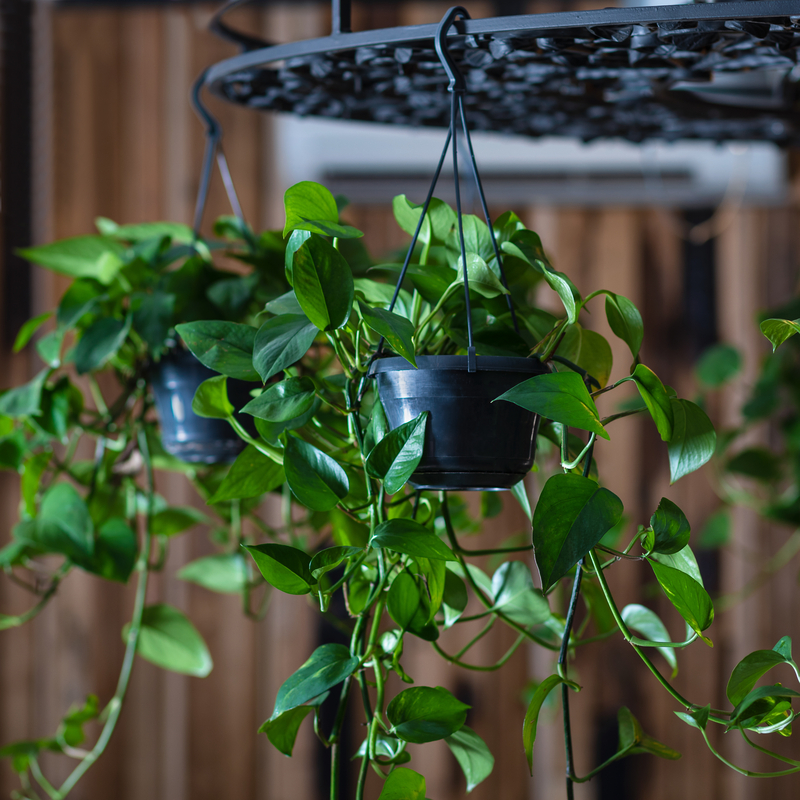
Golden Pathos (aka Devil’s Ivy, Money Plant, or Hunter’s Robe) is another low-maintenance plant that’s easy and fast growing, and it thrives in a variety of different lights—from low to bright or indirect sunlight. It’s a good one to potentially help purify carbon monoxide, benzene, and formaldehyde from the air.
5. Garden Mums
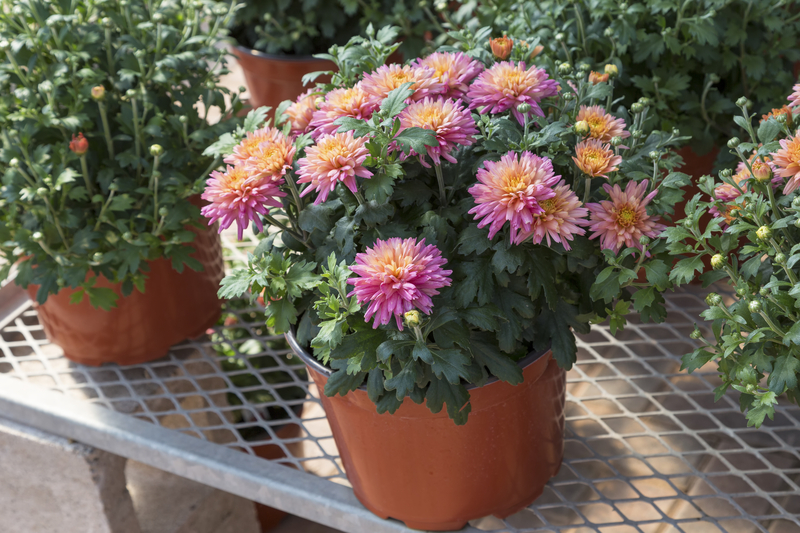
Garden Mums don’t need to be relegated to outdoor gardens. They offer a beautiful pop of color, are inexpensive, and require minimal care. They do require deadheading (i.e., pinching off the dead flowers) from time to time, and they also aren’t safe for pets to eat, so remember to keep them out of reach. In return, they may help remove pollutants like ammonia, benzene, formaldehyde, and xylene.
6. Ficus/Weeping Figs
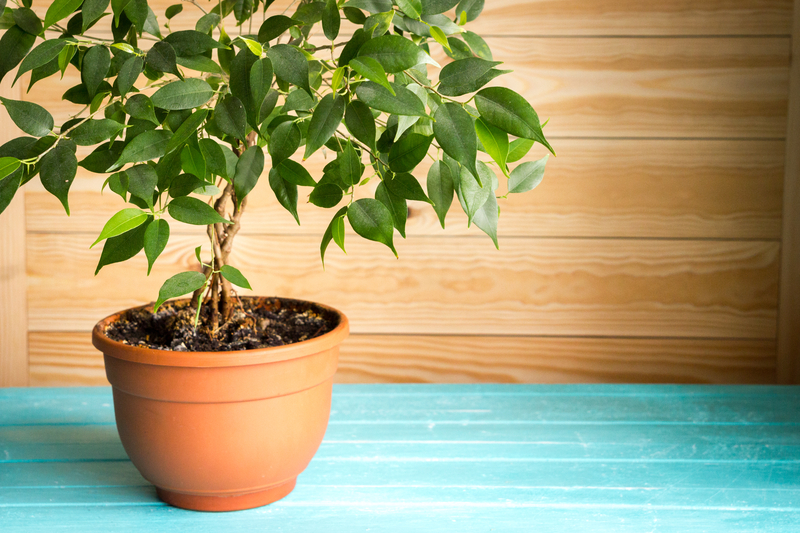
Ficus/Weeping Figs are perfect for people looking for a grand plant. These large house plants can grow up to 10 feet tall and may help remove benzene, formaldehyde, and trichloroethylene from the air. They thrive in bright, indirect sunlight and are low maintenance. Just remember to allow the soil to completely dry out between waterings. If you want to clear out the house during the warmer months, they also do well on porches and patios once the temperatures are above freezing.
7. Bamboo Palms

Bamboo Palms are another tall plant to invite in as they can grow between 4 and 12 feet. They enjoy full sun or bright light and don’t like cold drafts. They do, however, take a while to grow. Plan on repotting them about every three years into larger containers as they grow. They bring in a lot of greenery and may help remove benzene, formaldehyde, and trichloroethylene.
8. Boston Ferns

Boston Ferns are another popular plant, and you’ll often find them in bathrooms as they thrive in a humid environment and indirect light. To keep them happy and healthy, water them daily and then give them a nice deep soak once a month. They may help remove formaldehyde and xylene from the environment.
9. Bromeliads
Bromeliads are another great plant for bathrooms as they thrive in humid environments. What’s more, according to the State University of New York Oswego, bromeliads were found to remove up to 80% of 6 different VOCs from the air in a mere 12 hours. 8
10. Peace Lily
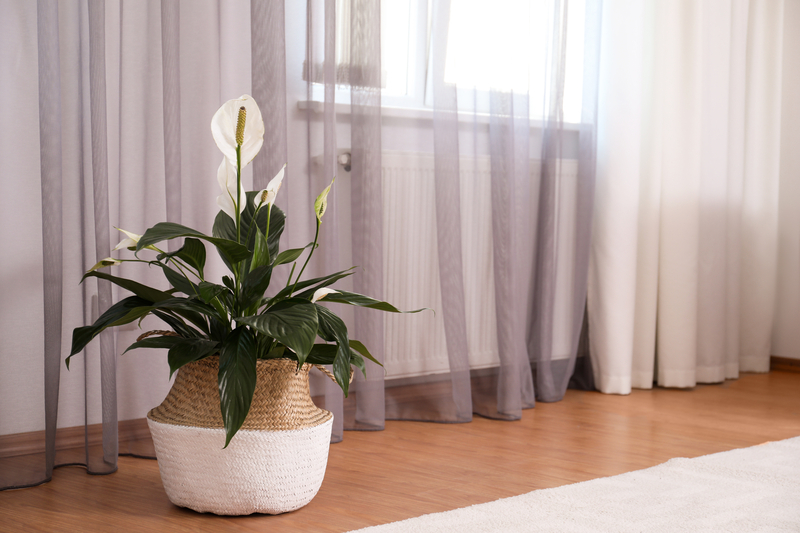
Peace Lily plants top the list when it comes to air-purifying. However, they may not be as easy to maintain as some of the others on the list. These pretty plants do well with medium to bright light or indirect sunlight. Just don’t forget to water them as they prefer moist soil and a steady temperature between 65 and 75˚ F. They’re also toxic to pets and children if eaten.
Of course, there are other air-purifying plants to consider, depending on whether or not you have pets and kids, what you find attractive, how large you want your plant, and how much care they may entail. Other popular options include:
- Chinese Evergreen
- Corn Plant
- Janet Craig
- Broadleaf Lady Palm
- Rubber Plant
- Areca Palm
- Flamingo Lily
- Dragon Tree
- Daisies
- Poinsettia
To help clean the air around you day and night, NASA suggests having at least two to three 8- to 10-inch plants for every 100 square feet of living space. While you may be tempted to just purchase one plant to harvest for more plants throughout the home, you’re actually better off including a variety of plants.
Whether or not you have pets or small children can be the biggest consideration, as some of the best air-purifying plants can be toxic if eaten. A good resource for determining the safest plants can be found from the ASPCA Toxic and Non-Toxic Plants.
While there’s conflicting information on how effective air-purifying plants actually are (in terms of actually purifying the air you breathe), bringing the outside in offers a wide swath of benefits for overall health, self-care, and aesthetics. In short, they make your home more inviting, relaxing, and beautiful.





 7 Signs Your Body is Seriously Low on Collagen (not just wrinkles)
7 Signs Your Body is Seriously Low on Collagen (not just wrinkles) Health Expert: "Turmeric Doesn't Work (unless...)"
Health Expert: "Turmeric Doesn't Work (unless...)" 3 Warning Signs Your Probiotic Supplement is a Total Waste
3 Warning Signs Your Probiotic Supplement is a Total Waste

